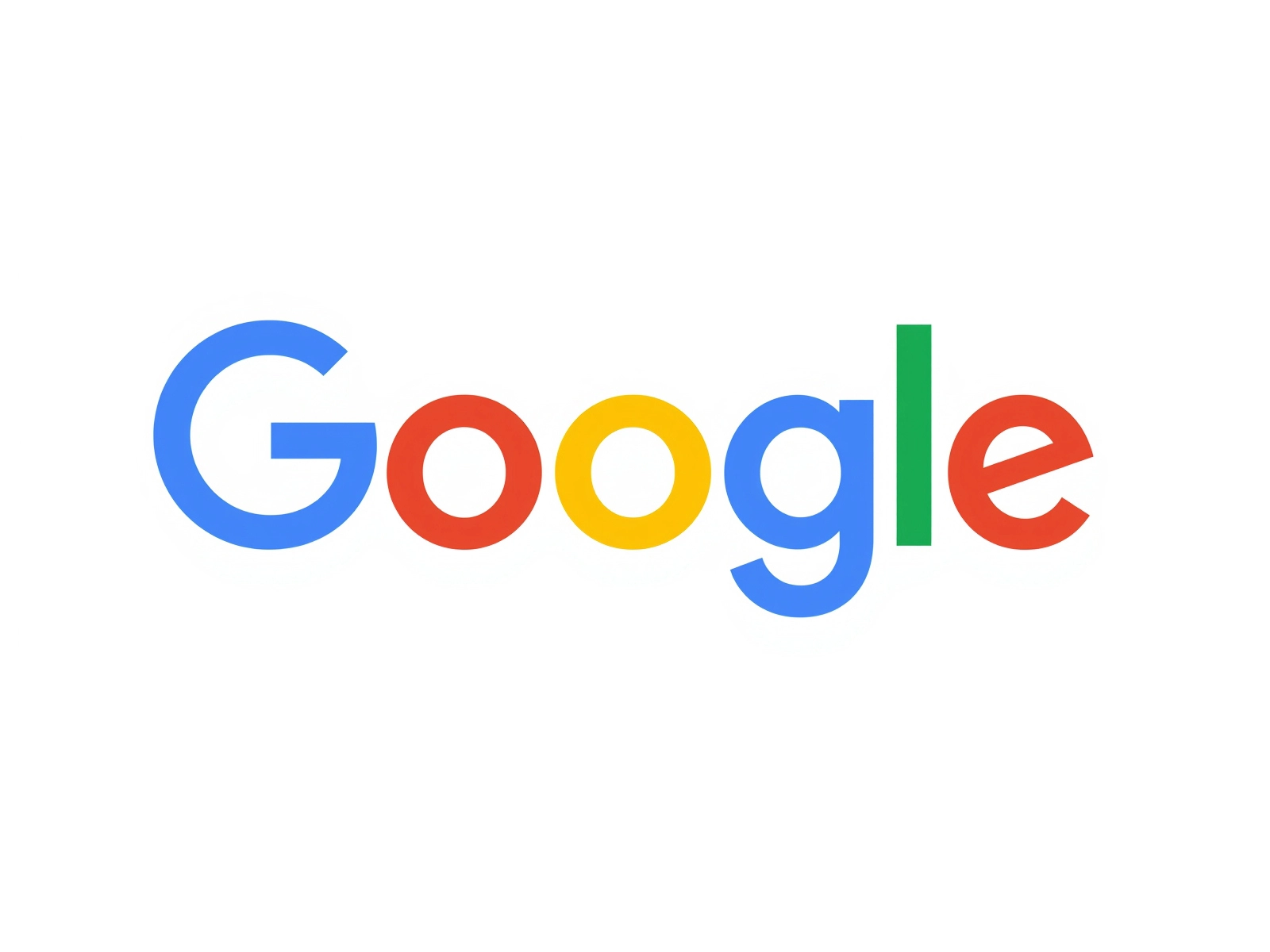Every line in your ad should work toward a result — grabbing attention, sparking interest, and prompting action. In this article, we’ll look at how to craft an effective ad using structure, copywriting, and the nuances of headline pinning.
Should You Pin Headlines?
Google allows advertisers to “pin” headlines to specific positions in the ad. This reduces the number of possible combinations and helps the system learn more quickly which variations perform best.
For example, if you create 15 headlines and 4 descriptions, Google can generate up to 47,280 different combinations. To give each one just 500 impressions, it would take almost two centuries. Pinning significantly shortens this learning curve.
Pinning helps you:
- Reduce the number of combinations, speeding up testing
- Maintain message consistency in key positions
- Get better CTRs and conversions — research shows that ads with pinned headlines often perform better than those without pinning
Note: Pinning may lower the “ad strength” score, but this score does not impact ad quality or ranking.
Pinning is especially recommended for low-traffic campaigns, where learning time is more limited.
How to Structure Headlines Effectively
Grabbing Attention
Your first headline is often the deciding factor in whether a user notices your offer among dozens of others. It should be highly relevant to the search query and immediately signal that you understand the user’s intent.
Most effective headlines include keywords or close variations. But simply inserting a keyword isn’t enough — the headline must also be meaningful, valuable, and engaging.
Tips for a compelling headline:
- Add a clear CTA: Be direct — “Order today,” “Get a free consultation,” “Download the catalog.”
- Mention location: This is crucial for local services — “Clinic in Lviv,” “1-day delivery in Kyiv,” “Construction services in Odesa.”
- Address the user’s pain point: “Tired of constant breakdowns?”, “Looking for a reliable contractor?”, “Can’t meet the deadline?”
- Use numbers and specifics: “25% off until Friday,” “0.01% interest,” “5-year warranty”
Examples of strong first headlines:
- Apartment Renovations in Kyiv — Turnkey in 30 Days
(Keyword + Location + Specific Promise)
- 15% Off Window Installation — Offer Ends Friday
(Keyword + Value + Time-Sensitive)
- Accounting Services for Small Businesses — Kyiv & Region
(Audience segmentation + Keyword + Location)
- How to Close a Sole Proprietorship? Get Free Legal Advice
(Pain point + CTA)
- Find a Math Tutor Nearby — Online & Offline
(Keyword + Problem-Solving + Format)
Recommendation:
Create at least 2–3 variations of your first headline and pin them to Position 1. This ensures that users always see your most important message first, even while Google tests other combinations.
Why Choose You
The second headline is your chance to stand out from competitors and convince users why your offer is right for them.
This is where you answer the unspoken question: “Why should I choose this company or product?”
Elements to include:
- Unique Selling Proposition (USP): What do you offer that others don’t — and why should the user care?
- Call to Action: Encourage the next step — “Book a call,” “Try for free,” “Learn more.”
- Emotional trigger: Speak to ambition, frustration, curiosity, or desire.
- Clear benefit or value: What will they gain? How much time or money will they save?
- Solution to a problem: Show that you understand the user’s challenge — and offer to solve it.
In B2B, this headline also acts as a qualifier — for instance, clearly stating that your services are for businesses, not individuals. This reduces irrelevant clicks and improves lead quality.
Examples of strong second headlines:
- Comprehensive Digital Marketing Audit for B2B Companies
- SEO for Large E-Commerce Sites — 30% Traffic Growth in 3 Months
Building Authority
The third headline may not always appear — but when it does, it can serve as a key credibility booster, especially for users comparing multiple providers.
Use this space to demonstrate trust, expertise, and track record, for example:
- Sales or project numbers: “2,000+ CRM Projects Delivered for SMBs”
- Client count or reviews: “Trusted by 15,000+ Clients Worldwide”
- Years in business: “Serving the B2B Market for Over 12 Years”
- Notable clients: “Clients Include Vodafone, Nestlé, Siemens”
- Awards or certifications: “Certified Google Partner Since 2018”
Example of a credibility-focused headline:
- 10+ Years in Business and 5,000 Happy Clients — Trusted by Companies in 27 Countries
Even if you don’t pin this headline, Google may use it as a sitelink, increasing visibility and driving more clicks.
How to Turn Headlines into Sitelinks
By default, sitelinks should point to pages other than your main landing page. However, you can use a strategy to increase the number of sitelinks that lead to the main page:
- Pin headlines to all three positions.
- Create additional, unpinned headlines. These won’t appear in the main ad, but can be shown as sitelinks.
- Limit the number of sitelinks at the campaign or account level to just two.
With this setup, Google is more likely to show your unpinned headlines as extra links to the same landing page, increasing exposure and click-through rate.
Summary
An effective Google Ads ad performs three key functions:
- Grabs attention
- Explains why you’re the best choice
- Guides users toward conversion
To make your ad truly work, you need to thoughtfully craft each component, account for structure, test variations, and control which parts users are most likely to see.
The result? Higher CTR, more qualified traffic, and greater chances of conversion.
Read this article in Ukrainian.




